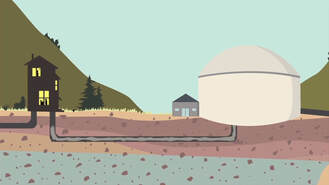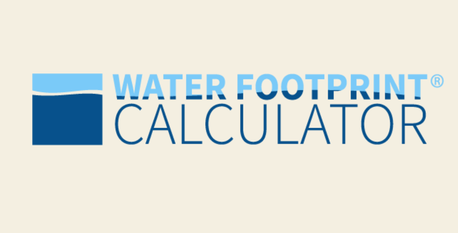The Carbon Footprint of Water
|
Just like producing anything, pumping and treating our city's water uses energy! Here in Missoula, we get our water from an aquifer that is anywhere from 10 - 100' below our feet. A system of pumps takes the water out of the aquifer and moves it up to the surface to be treated. These pumps use a lot of energy. In Missoula, pumping and treating water and wastewater amount to 58% of our city's municipal CO2 emissions.
This short film is a little dated - Missoula now owns our water system - but we think it's still super informative. Worth 11 minutes of your time! |
|
|
An Energy Hog!
Did you know that the energy footprint of Missoula's Wastewater Treatment plant contributes the most to the emissions of our municipal operations? Learn directly from the City of Missoula HERE. In 2023 a HUGE - 545 kW - solar PV array at the Tx plant is making a big dent! It's the largest behind-the-meter, non-export solar array in Montana, it should offset the city’s wastewater treatment facility’s annual electricity consumption by more than 20%! |
How does Missoula's water system work?
|
This is a simplified model of Missoula's water system. It's pretty cool! For more about Missoula's Wastewater Treatment Plant- check out this Story Map. First, water is pumped up from the aquifer below our feet. |
|
Next, wastewater moves out of our homes to the wastewater treatment facility located just west of reserve street where it is treated. |
Next, the water is treated and a system of pumps bring the water to our homes. Our current water infrastructure is old and in disrepair. A lot of water is lost as it is pumped around the system. Then, we use the water in our homes and businesses. This is the part of the system in which we are responsible for our energy consumption. |
Almost every action we take uses water- even if we don't see it. When watering our lawns or brushing our teeth it is obvious that we are using water, but other activities including buying new jeans, eating a burger for lunch, and even driving contribute to our total water consumption as well. Growing the cotton to produce just one pair of news jeans takes 1,800 gallons of water!
|
Reducing your personal water consumption can lower your total carbon footprint. Check out this water footprint calculator to calculate your household's water consumption. |
Ways to Reduce Personal Water Consumption
Making dietary changes to a more plant based diet, conserving water both indoors and outdoors, saving energy, and buying less all reduce water consumption. Learn more here!
This page brought to you by Rachel Edmondson









